Building Event-Driven AI Agents with UAgents and Google Gemini: A Modular Python Implementation Guide
In this tutorial, we demonstrate how to use the UAgents framework to build a lightweight, event-driven AI agent architecture on top of Google’s Gemini API. We’ll start by applying nest_asyncio to enable nested event loops, then configure your Gemini API key and instantiate the GenAI client. Next, we’ll define our communication contracts, Question and Answer […] The post Building Event-Driven AI Agents with UAgents and Google Gemini: A Modular Python Implementation Guide appeared first on MarkTechPost.

In this tutorial, we demonstrate how to use the UAgents framework to build a lightweight, event-driven AI agent architecture on top of Google’s Gemini API. We’ll start by applying nest_asyncio to enable nested event loops, then configure your Gemini API key and instantiate the GenAI client. Next, we’ll define our communication contracts, Question and Answer Pydantic models, and spin up two UAgents: one “gemini_agent” that listens for incoming Question messages, invokes the Gemini “flash” model to generate responses, and emits Answer messages; and one “client_agent” that triggers a query upon startup and handles the incoming answer. Finally, we’ll learn how to run these agents concurrently using Python’s multiprocessing utility and gracefully shut down the event loop once the exchange is complete, illustrating UAgents’ seamless orchestration of inter-agent messaging.
!pip install -q uagents google-genaiWe install the UAgents framework and the Google GenAI client library, providing the necessary tooling to build and run your event-driven AI agents with Gemini. The q flag runs the installation quietly, keeping your notebook output clean. Check out the Notebook here
import os, time, multiprocessing, asyncio
import nest_asyncio
from google import genai
from pydantic import BaseModel, Field
from uagents import Agent, Context
nest_asyncio.apply()
We set up our Python environment by importing essential modules, system utilities (os, time, multiprocessing, asyncio), nest_asyncio for enabling nested event loops (critical in notebooks), the Google GenAI client, Pydantic for schema validation, and core UAgents classes. Finally, nest_asyncio.apply() patches the event loop so you can run asynchronous UAgents workflows seamlessly in interactive environments. Check out the Notebook here
os.environ["GOOGLE_API_KEY"] = "Use Your Own API Key Here"
client = genai.Client()
Here we set our Gemini API key in the environment. Be sure to replace the placeholder with your actual key, and then initialize the GenAI client, which will handle all subsequent requests to Google’s Gemini models. This step ensures our agent has authenticated access to generate content through the API.
class Question(BaseModel):
question: str = Field(...)
class Answer(BaseModel):
answer: str = Field(...)These Pydantic models define the structured message formats that our agents will exchange with each other. The Question model carries a single question string field, and the Answer model carries a single answer string field. By using Pydantic, we get automatic validation and serialization of incoming and outgoing messages, ensuring that each agent always works with well-formed data.
ai_agent = Agent(
name="gemini_agent",
seed="agent_seed_phrase",
port=8000,
endpoint=["http://127.0.0.1:8000/submit"]
)
@ai_agent.on_event("startup")
async def ai_startup(ctx: Context):
ctx.logger.info(f"{ai_agent.name} listening on {ai_agent.address}")
def ask_gemini(q: str) -> str:
resp = client.models.generate_content(
model="gemini-2.0-flash",
contents=f"Answer the question: {q}"
)
return resp.text
@ai_agent.on_message(model=Question, replies=Answer)
async def handle_question(ctx: Context, sender: str, msg: Question):
ans = ask_gemini(msg.question)
await ctx.send(sender, Answer(answer=ans))In this block, we instantiate the UAgents “gemini_agent” with a unique name, seed phrase (for deterministic identity), listening port, and HTTP endpoint for message submissions. We then register a startup event handler that logs when the agent is ready, ensuring visibility into its lifecycle. The synchronous helper ask_gemini wraps the GenAI client call to Gemini’s “flash” model. At the same time, the @ai_agent.on_message handler deserializes incoming Question messages, invokes ask_gemini, and asynchronously sends back a validated Answer payload to the original sender. Check out the Notebook here
client_agent = Agent(
name="client_agent",
seed="client_seed_phrase",
port=8001,
endpoint=["http://127.0.0.1:8001/submit"]
)
@client_agent.on_event("startup")
async def ask_on_start(ctx: Context):
await ctx.send(ai_agent.address, Question(question="What is the capital of France?"))
@client_agent.on_message(model=Answer)
async def handle_answer(ctx: Context, sender: str, msg: Answer):
print(" read more
read more











































































![Apple Weighs Acquisition of AI Startup Perplexity in Internal Talks [Report]](https://www.iclarified.com/images/news/97674/97674/97674-640.jpg)

![Oakley and Meta Launch Smart Glasses for Athletes With AI, 3K Camera, More [Video]](https://www.iclarified.com/images/news/97665/97665/97665-640.jpg)


















![Apple tells students ‘how to convince your parents to get you a Mac’ [Update: Removed]](https://i0.wp.com/9to5mac.com/wp-content/uploads/sites/6/2025/06/screenshot-2025-06-20-at-09.14.21.jpg?resize=1200%2C628&quality=82&strip=all&ssl=1)



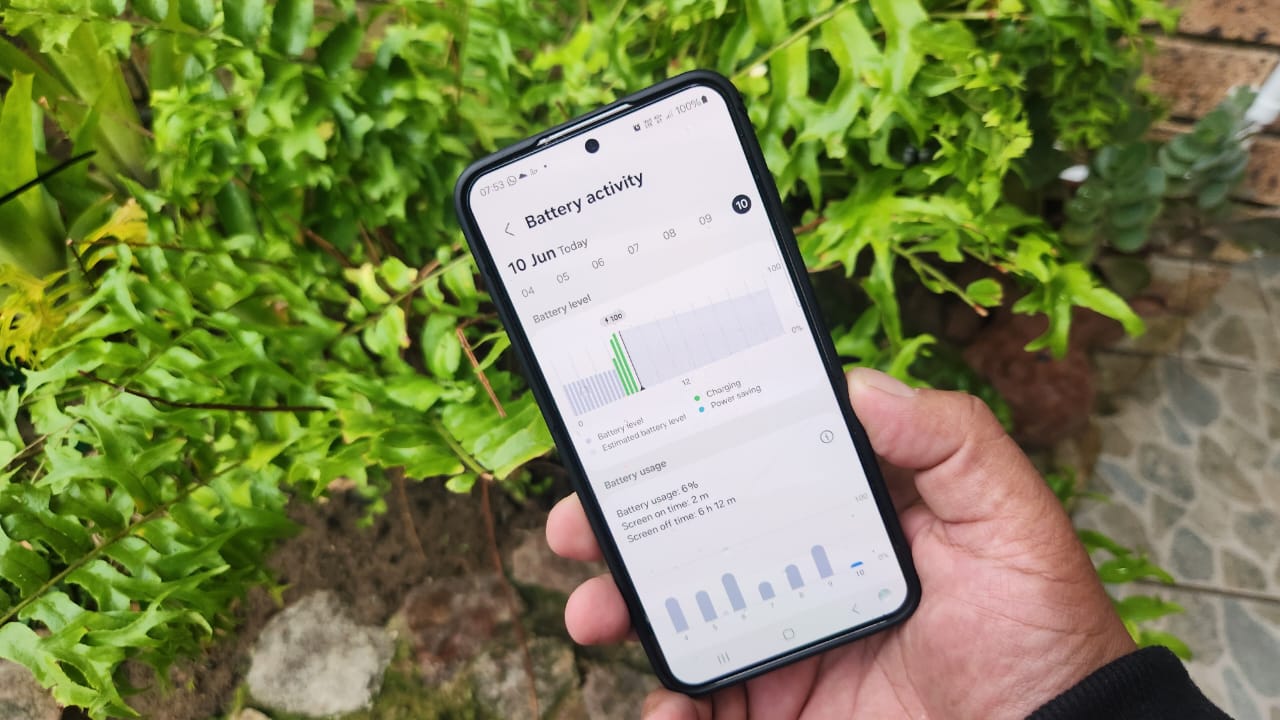





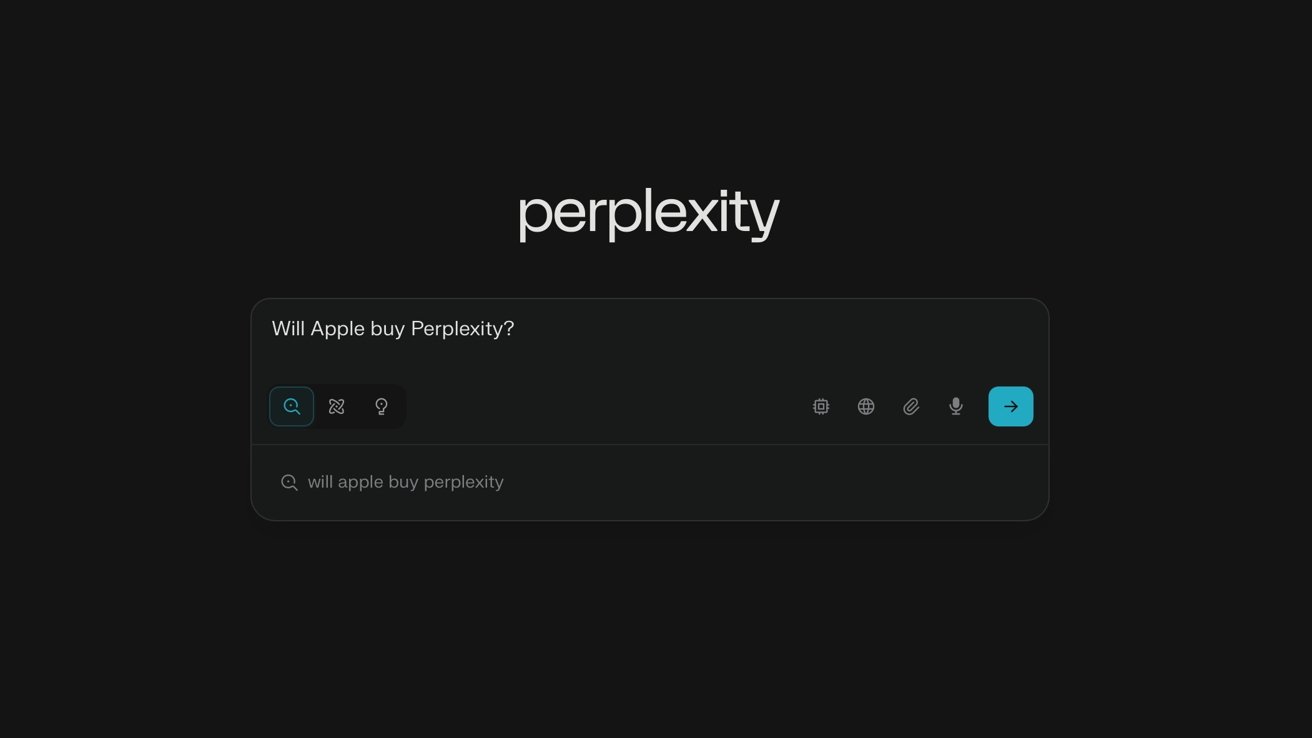

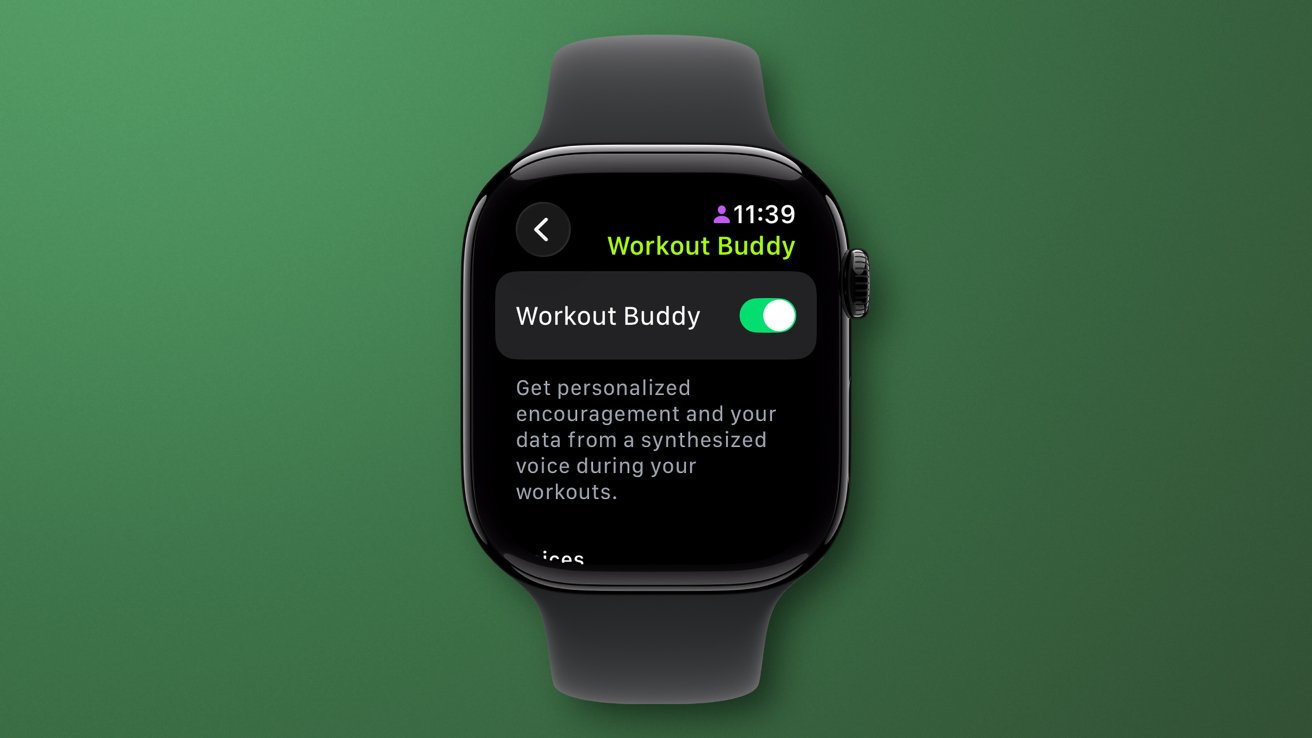
















































































_Paul_Markillie_Alamy.jpg?width=1280&auto=webp&quality=80&disable=upscale#)






























































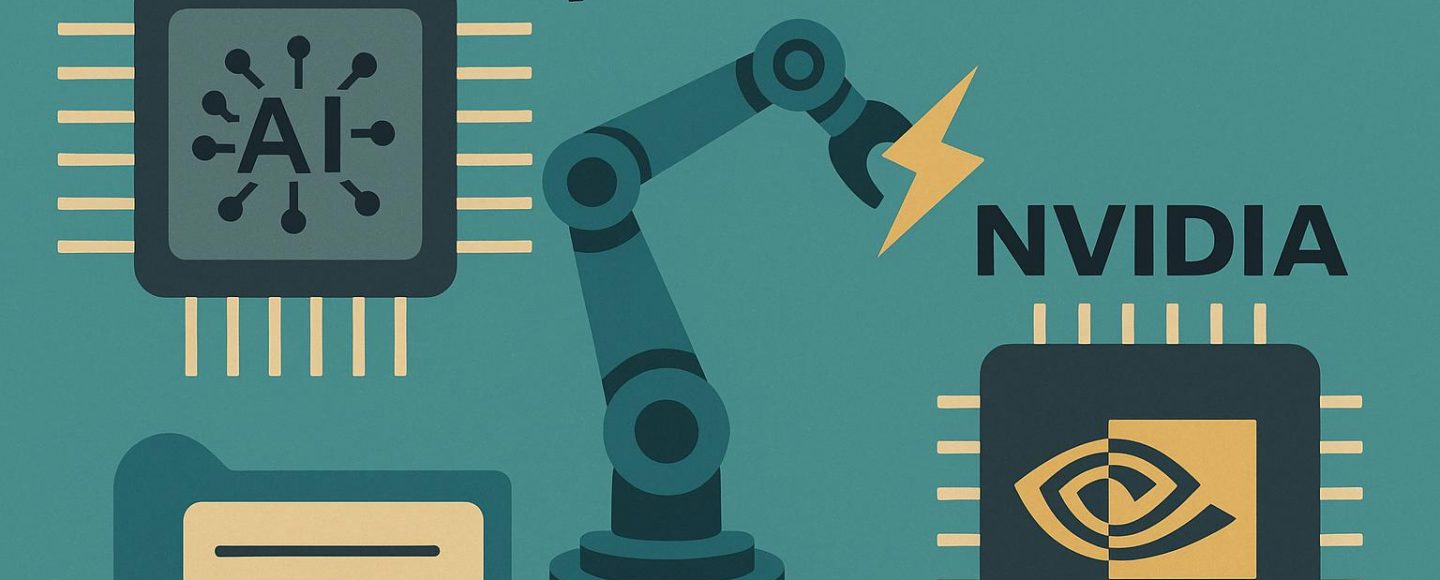





































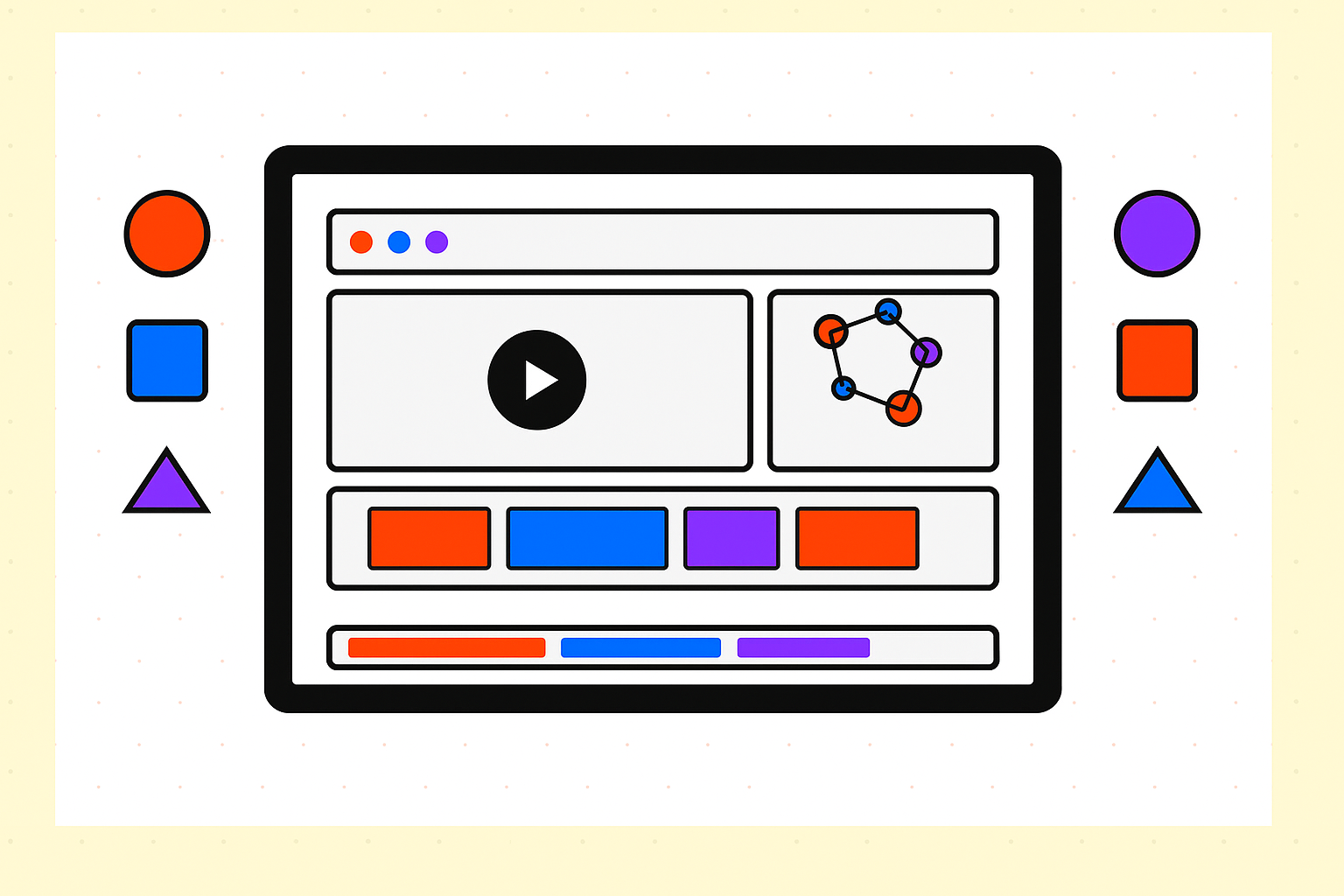














![[The AI Show Episode 154]: AI Answers: The Future of AI Agents at Work, Building an AI Roadmap, Choosing the Right Tools, & Responsible AI Use](https://www.marketingaiinstitute.com/hubfs/ep%20154%20cover.png)
![[The AI Show Episode 153]: OpenAI Releases o3-Pro, Disney Sues Midjourney, Altman: “Gentle Singularity” Is Here, AI and Jobs & News Sites Getting Crushed by AI Search](https://www.marketingaiinstitute.com/hubfs/ep%20153%20cover.png)




































































































































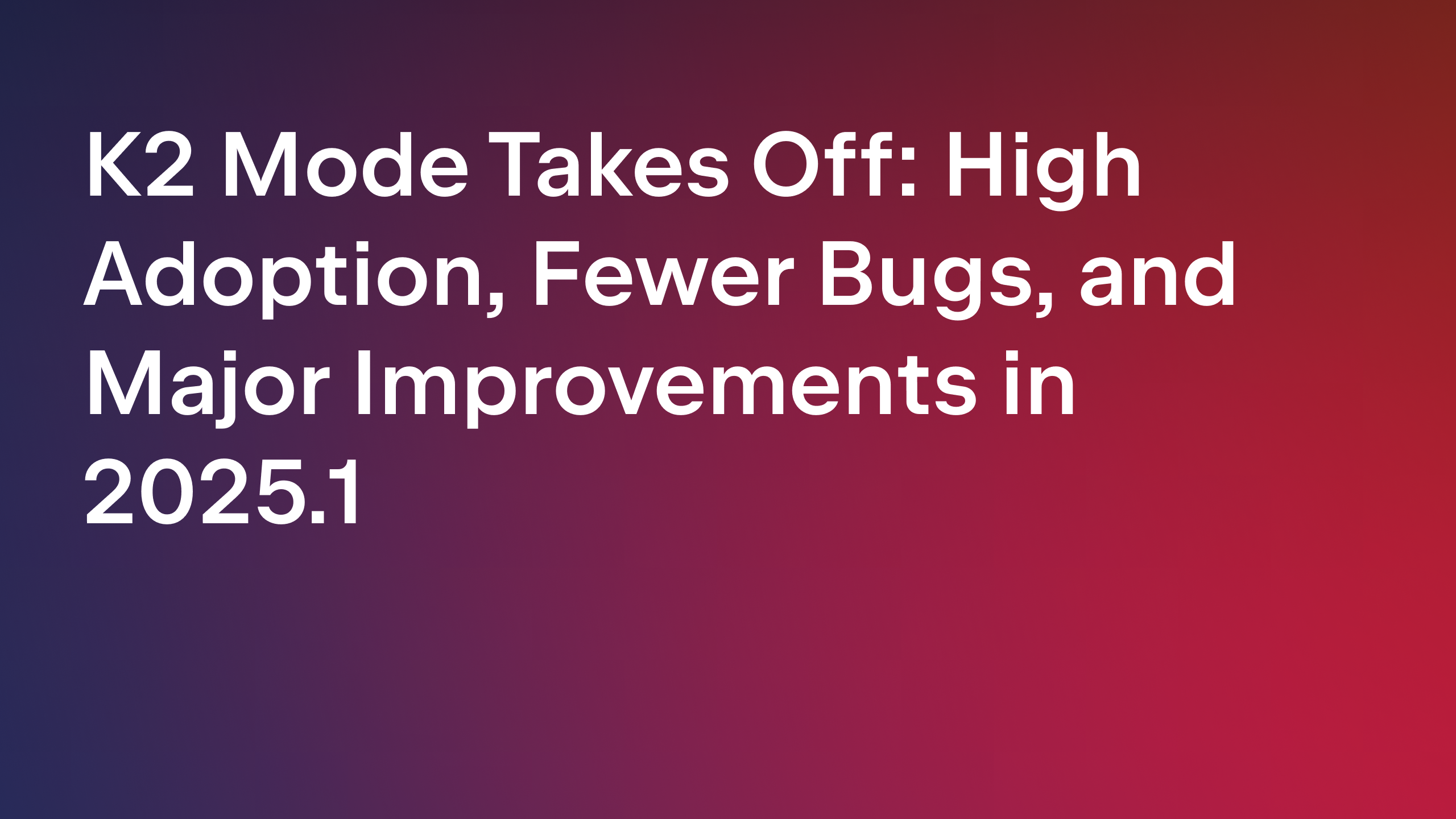














































.png?#)































































